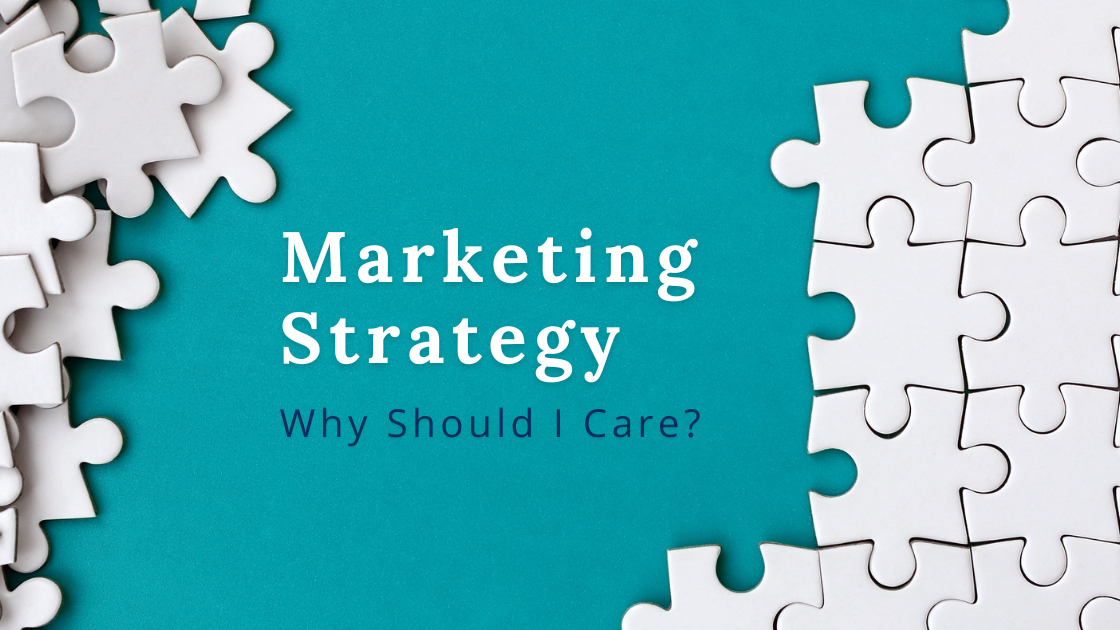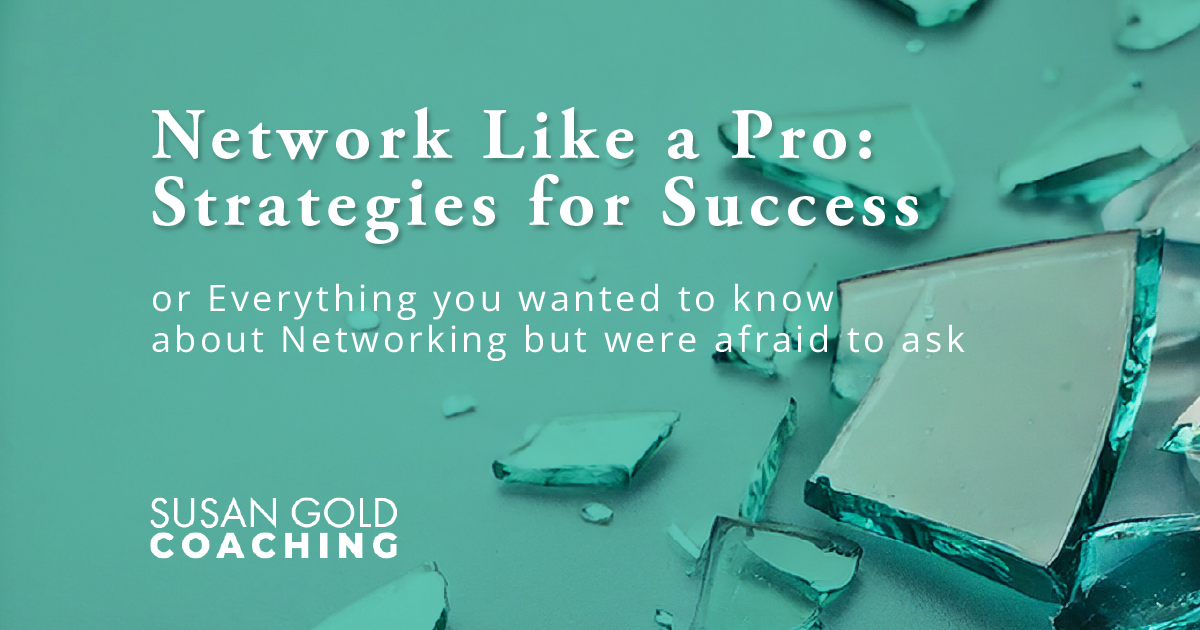Marketing Strategy – Why Should I Care?

“Strategy” is a funny word. Not so much comical as quizzical. It’s commonly used, but frankly, not often used correctly, and definitely not well understood.
With that in mind, I’ve kept my definition simple: Strategy is the pathway to a goal.
Sometimes the goal is to solve a problem, and other times it’s to leverage an opportunity. Most businesses need to do both simultaneously to grow revenue.
If you ask sports fans what the coach’s goal is, that’s straightforward: win the game! But how will they win the game? That’s the strategy. They have problems to solve such as overcoming a weak defense, an injured quarterback, or offensive plays that need to be executed with precision.
In the film room, they gain knowledge about their opponent, their patterns, tendencies, weaknesses, or anything else that would give them a leg up. On the practice field, they not only work on their challenges, but also devise plans to take advantage of their opponent. Then at game time, they execute that strategy. Of course, most businesses aren’t a sports team, but the principle still applies.
Why You Need a Marketing Strategy
That said, many business owners miss the need—and it is a need—for a marketing strategy and head right for the tactics.
- When I talk to prospects or begin with a new client, I often get tactical questions such as should we:
- Invest in paid digital advertising?
- Continue to attend conferences post-COVID?
- Hire a firm to do cold sales calls for us?
- Buy a list of companies and contacts for prospecting?
My answer is always the same: it depends. Not only does jumping to execute any of the above “put the cart before the horse,” but it can also cost you a lot of money with absolutely no measurable results.
Their instinct is to focus on the activity, or marketing channel, because everyone else seems to be doing it. FOMO (Fear of Missing Out) is a common reason behind marketing decisions and that usually goes sideways.
Strategy Starts with This Question
The answers to these questions (and many others) depend on a number of factors, but the question a business leader should start with is: If I want more of my best clients—the profitable, best-fit types of clients—how would I attract them?
Of course, the answer to this foundational question depends on understanding who the “best clients” really are and their attributes. When there is clarity regarding the Ideal Client profiles, then there are strategic decisions to be made regarding the plan of attack and key factors that can drive one strategic approach versus another.
Factors to Consider
Timeframe
- How long is the sales cycle for a prospect to make the buying decision? Markets that tend to have multiple decision makers, complex approval processes, or (sadly) political hurdles to overcome will increase the sales cycle.
- Is the firm looking for short-term revenue hits or longer-term, sustainable gains? The need to manage the demand created by marketing can strain company resources, requiring a measured approach. Smaller companies are often looking for short-term revenue growth and need the most direct path to prospects.
Access to Market
- How difficult is it to “get in front of” the decision-maker? If the target is CEOs of mid-to-large-sized companies, they will be a lot more difficult to get to than the head of a smaller, or local business.
- Is it expensive to reach the market? Highly competitive markets, such as software or financial advisory services, require larger and more consistent investments to be seen and heard by decision-makers.
- Does the market know they have the problem for which you have the ideal solution? If a market doesn’t know they have a problem, it is expensive and time-consuming to educate the market on the problem, and then sell the solution. Note that there’s nothing wrong with that—it just needs to be part of the strategy.
Marketing Investment
- How much does the company have available to invest in marketing? Smaller companies tend to have little to no marketing budget and it’s challenging to focus on the most practical, reasonable activities that will provide a return.
- Is there a marketing foundation that has been built? If there has been an investment, where is the company today regarding visibility, awareness, and lead generation?
Competition
- How competitive is the market? If there are a lot of options available for the target market, positioning a company well against the competitors is critical and will take an investment in the right marketing channels to be heard and considered.
- What is the competitive advantage? This is the killer for a lot of companies in nearly any vertical market. Internally, they’ve “drunk the Kool-Aid” believing that they have a competitive advantage, the next big thing. BUT, until a strategic analysis is conducted by an outside party, that perspective will continue to hold them back.
These questions create a multi-dimensional set of responses that might lean on one marketing approach over another. Marketing directly to the decision maker vs. indirectly through channel partners or strategic partners depends on the timeframe, access to the market, and competition.
Now this just scratches the surface of developing a solid go-to marketing strategy. It takes objectivity, collaboration, analysis, and—just as important—honesty, to determine what it will take to get on a path of revenue and market growth.
It seems like a daunting task but with the right guidance, developing, refining, or redirecting a strategy is both attainable AND critical for success. Get in touch if you’d like to learn more about the ideal marketing strategy for your business.



